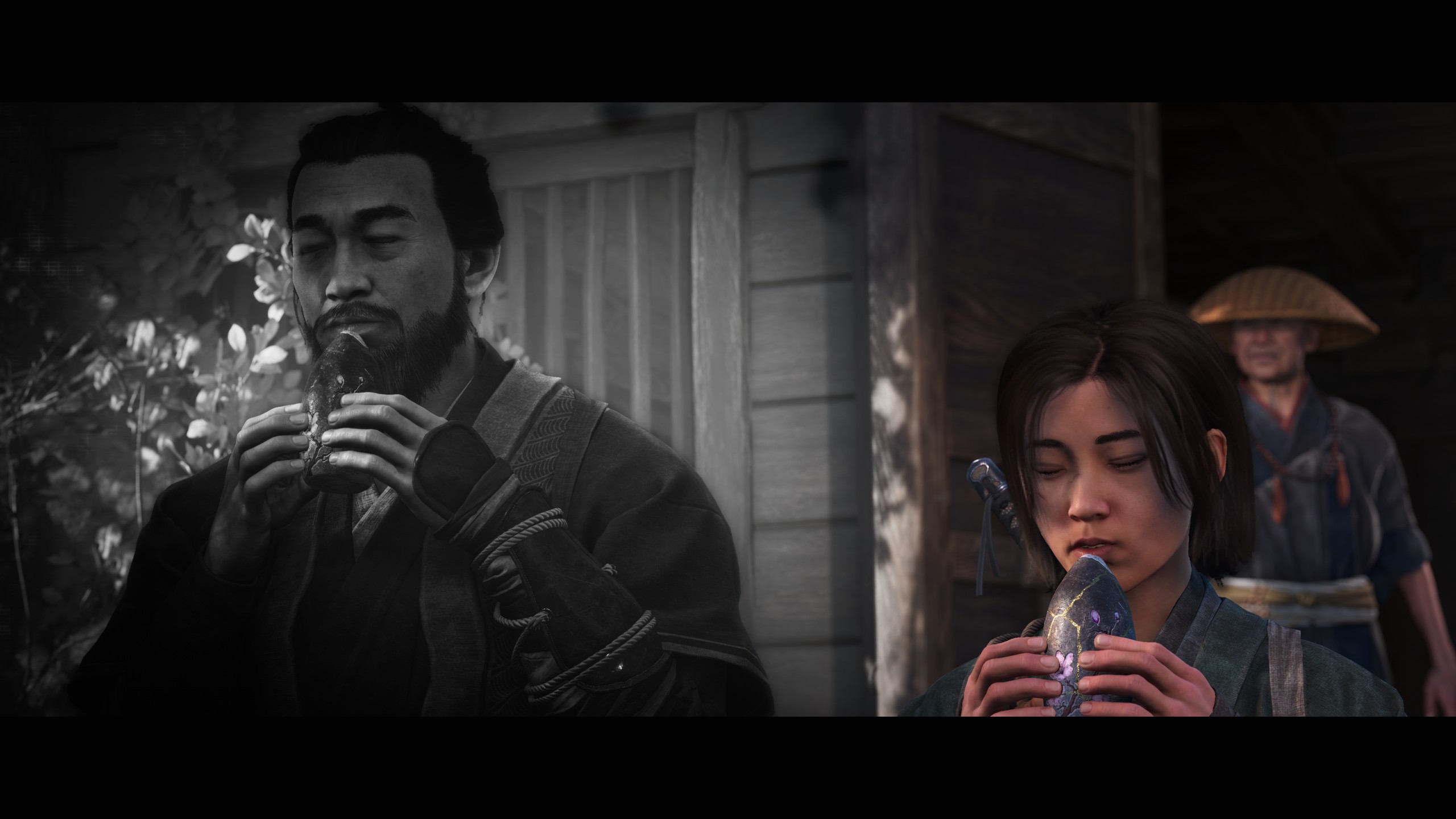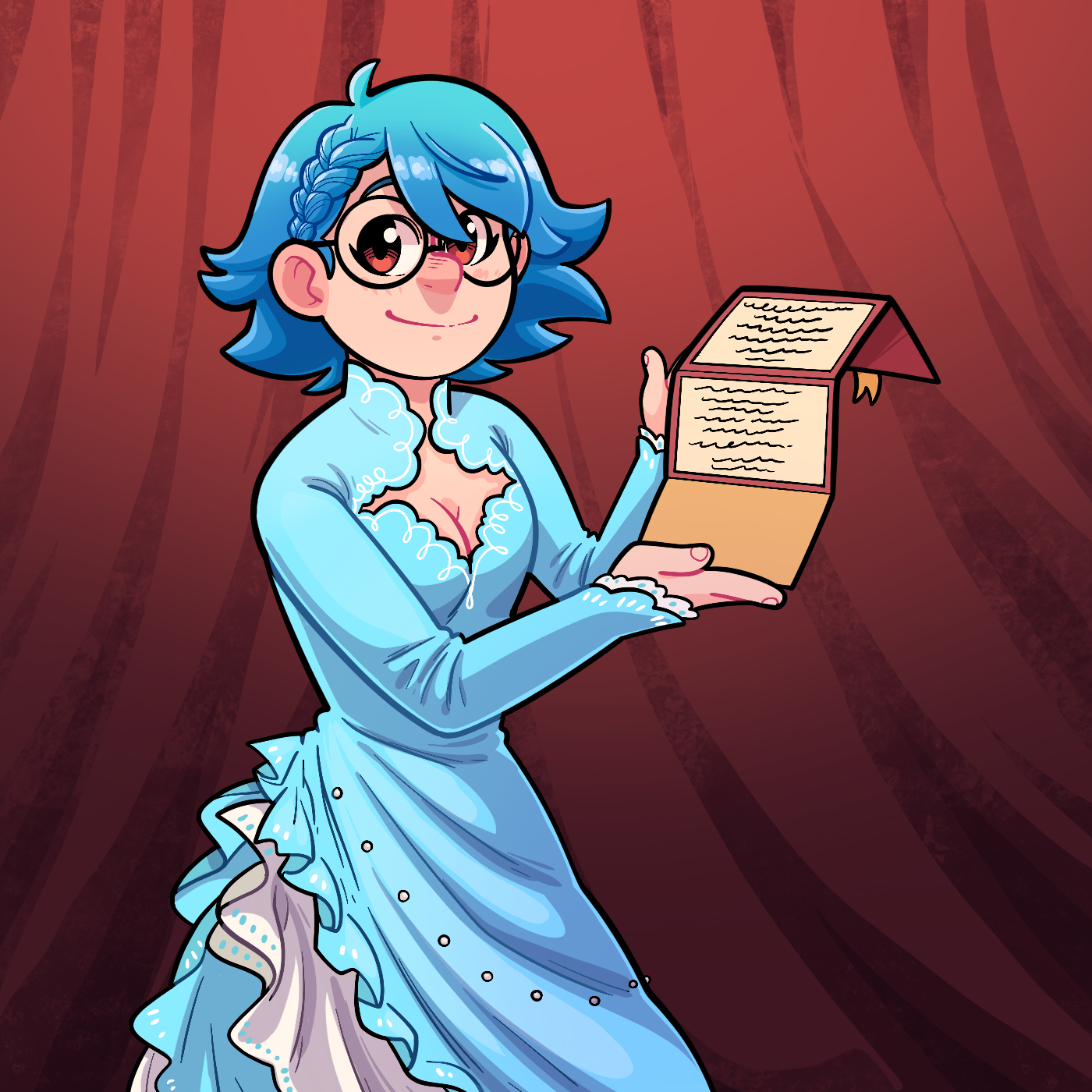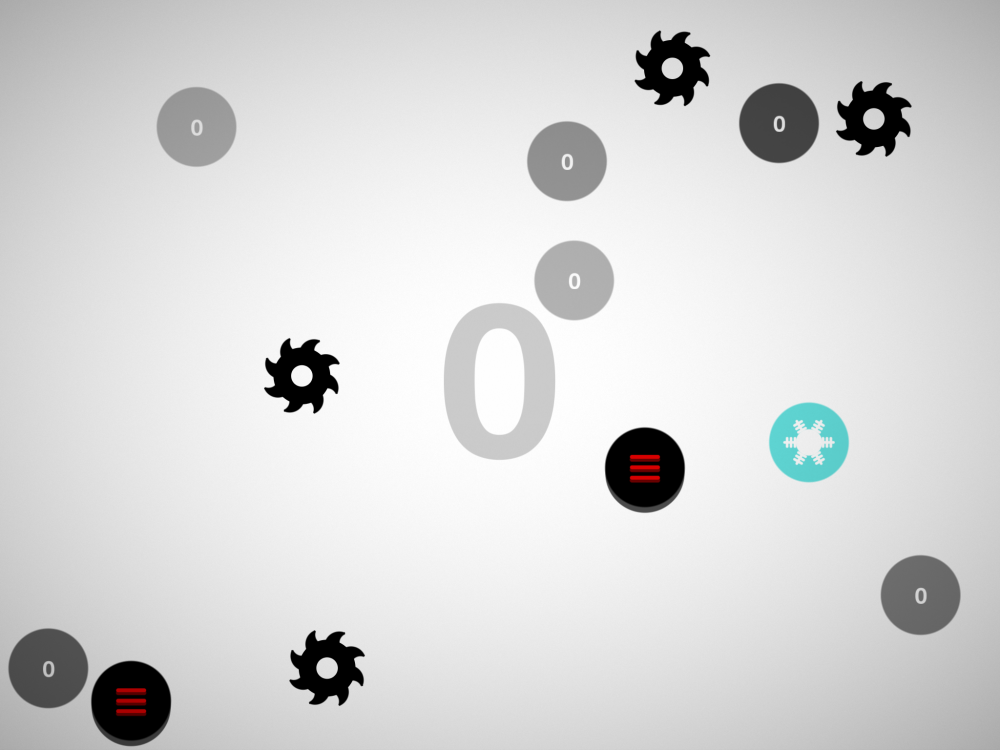In downtown Tokyo, there is a statue of a Gundam. Specifically, it’s the RX-0 Unicorn Gundam: the titular mecha of Mobile Suit Gundam Unicorn. It is not the first Gundam statue to grace Tokyo, but it is the first of this unit. Past statues have been of the RX-78-2, the original Gundam. The classic Gundam wears heroic colors of white, blue, red, and gold: a war machine decorated in the scheme of a comic book hero. The Unicorn, on the other hand, is stark white. It still conveys a sort of heroism, but the single-horned machine’s alabaster armor conveys a distance. The Unicorn is not a machine of the people. It is above you, its presence more like an avenging angel than a charismatic savior.
And then, every two hours, that white armor cracks apart, revealing a layer underneath of glowing red malevolence.
It’s called “Destroy Mode,” in case you have any misgivings about the takeaway you’re intended to have. In the tradition of so many series, it’s not so much that the themes of Gundam have changed over time as much as they’ve become more overt. Even the colorfully heroic RX-78-2 was about this dark side: above the blue and gold lay an unmoving, impassive face, and behind that lay the ruthless battle computer that earned the machine the name “white devil.” The Gundam is not your friend; it never was. It is a monster that turns innocent children into war criminals, and warps the minds of those who surround it to paranoia and hate.
For a portion of you, this episode of Gundam Themes 101 was unnecessary. Sadly, it isn’t anywhere near a majority of Gundam fans, who largely misunderstand the series they love. I wish they understood the themes better, but I am not immune to the lure of its stylish war machines myself. However, the fact that there are multiple layers is what makes mecha stories to me. In one moment, mecha perform monstrous feats of strength. The next, they stumble, they flinch, they act all too human. They fight with swords, but also drones. They walk the line between human and machine like no other, and this is what makes them so fascinating.
My affection for mecha made BattleTech more tempting than catnip: an expertly made mecha tactics game developed by Harebrained Schemes with the opportunity to run my own lance of mechanized warriors. (MechWarriors, if you will.) However, despite my initial enthusiasm, BattleTech has proven far from what I wanted.

When you look at a BattleMech, the mecha that star in Harebrained’s Tech, “humanoid” isn’t a particularly fitting word for them. They have legs, and arms of a sort, but nothing else would deceive you into thinking they were giant men. They lumber slowly and heavily around the battlefield, feet slamming into concrete like battering rams. Their weapons are more like artillery than rifles. And there’s no such thing as a battlemech “duel”: there’s no grace, human or inhuman, to these machines. They’re piles of metal slamming missiles into each other until one of them explodes.
BattleMechs are mecha the way hot dogs are sandwiches: they obviously fit the literal definition, but at the same time they clearly don’t fit the cultural understanding of the term. There’s no commentary to be had here about the relationship between humans and machines. We could have made them look like anything, but we made them look like tanks.
This isn’t merely a thematic objection, it extends to mechanics as well. The thing that defines humanity is adaptability: we shape the world around us, and we shift our strategy with the situation. The best mecha fights reflect this versatility. Evangelion Unit 01 of Neon Genesis fame borrowing the electricity of all Japan for one fight-ending shot. Char Aznable weaving his Z’Gok between cave formations to close on and impale terrified enemy pilots. The troublingly named Gipsy Danger from Pacific Rim wielding a battleship as an improvised sword.

It’s difficult to reflect this sort of reactivity in a video game, but it’s not like it hasn’t been done. Zone of Enders allows you to grab weaker enemies and use them as weapons, and Titanfall allows players to send their mecha on autopilot as they capitalize on it as a distraction by proceeding on foot (reminiscent of the original Gundam’s classic Last Shooting). Mecha fight smarter, and more flexibly: they don’t just stand stock still and fire cannons at each other.
That the machines of BattleTech are so immobile and inflexible is true to the tabletop game they’re based on, but this loyalty doesn’t benefit the game. Skirmishes become a test of armor and positioning, as ‘Mechs have limited ability to reposition during an engagement, and no ability to improvise. It certainly takes skill to play the game well, but it is the skill of a tank battalion, not of a mecha squadron. A good mecha pilot is adaptable, the movements of their machine growing more and more human as their skill increases. A good BattleMech pilot has a higher hit percentage with their lasers.

I don’t think BattleTech is a bad game. I am not finding it particularly rewarding, because the battles feel more like slugfests than tests of tactical genius, but games of military strategy aren’t my forte anyway. The thing that lured me in was the promise of mecha tactics, because I love mecha so much. That desire has gone unfilled. And despite the craftsmanship on display, I find myself wondering… what do people see in BattleTech as a franchise?
Would a city ever erect a statue of an Atlas, or a Timber Wolf? I won’t call it impossible, but it’s hard to imagine it happening. What charm or humanity do these machines have? They don’t look or act like people. They don’t represent the capacity for machines to draw evil out of men the way a Gundam does. They’re just… big guns, that point and shoot. And as much as we all say “wow cool robot” to mecha design, the messages are what anchor them to our hearts. Even when misunderstood, the Zaku says more about the human experience than a BattleMech. I would say a hot dog is more of a sandwich than a BattleMech is a mecha: at least hot dogs understand the point of sandwiches.



